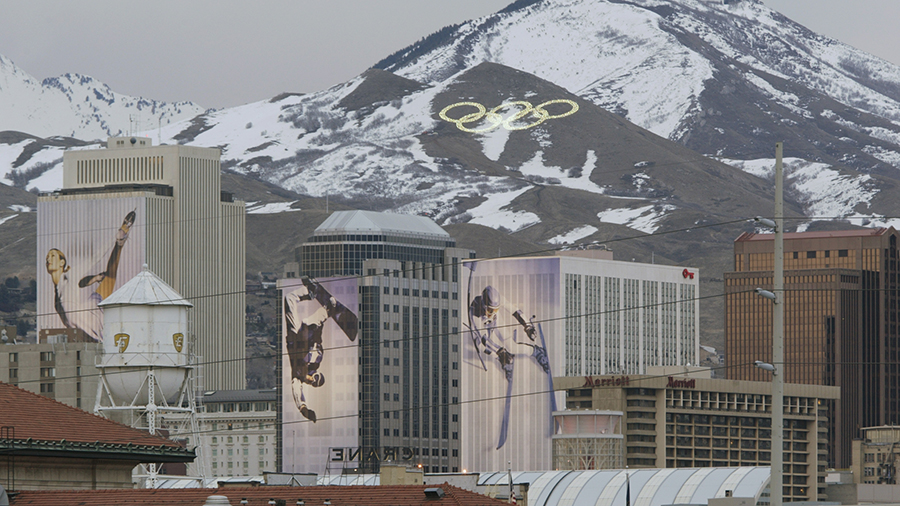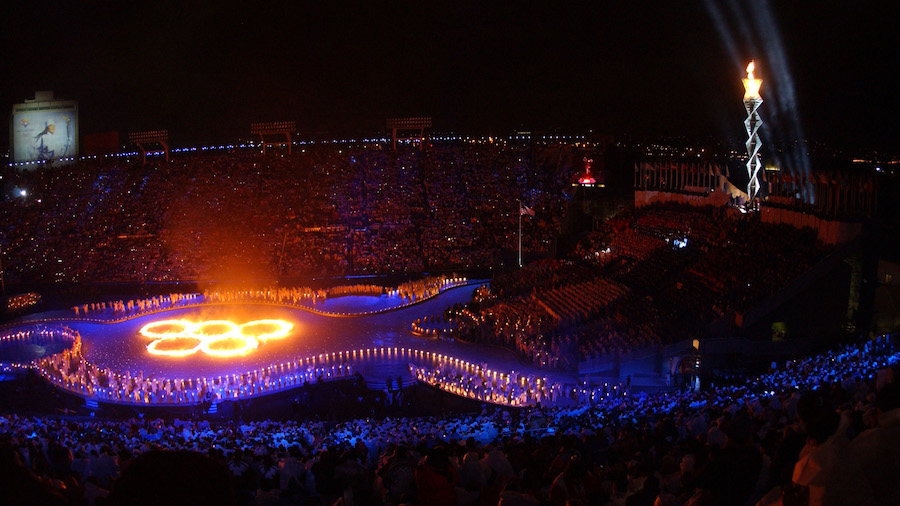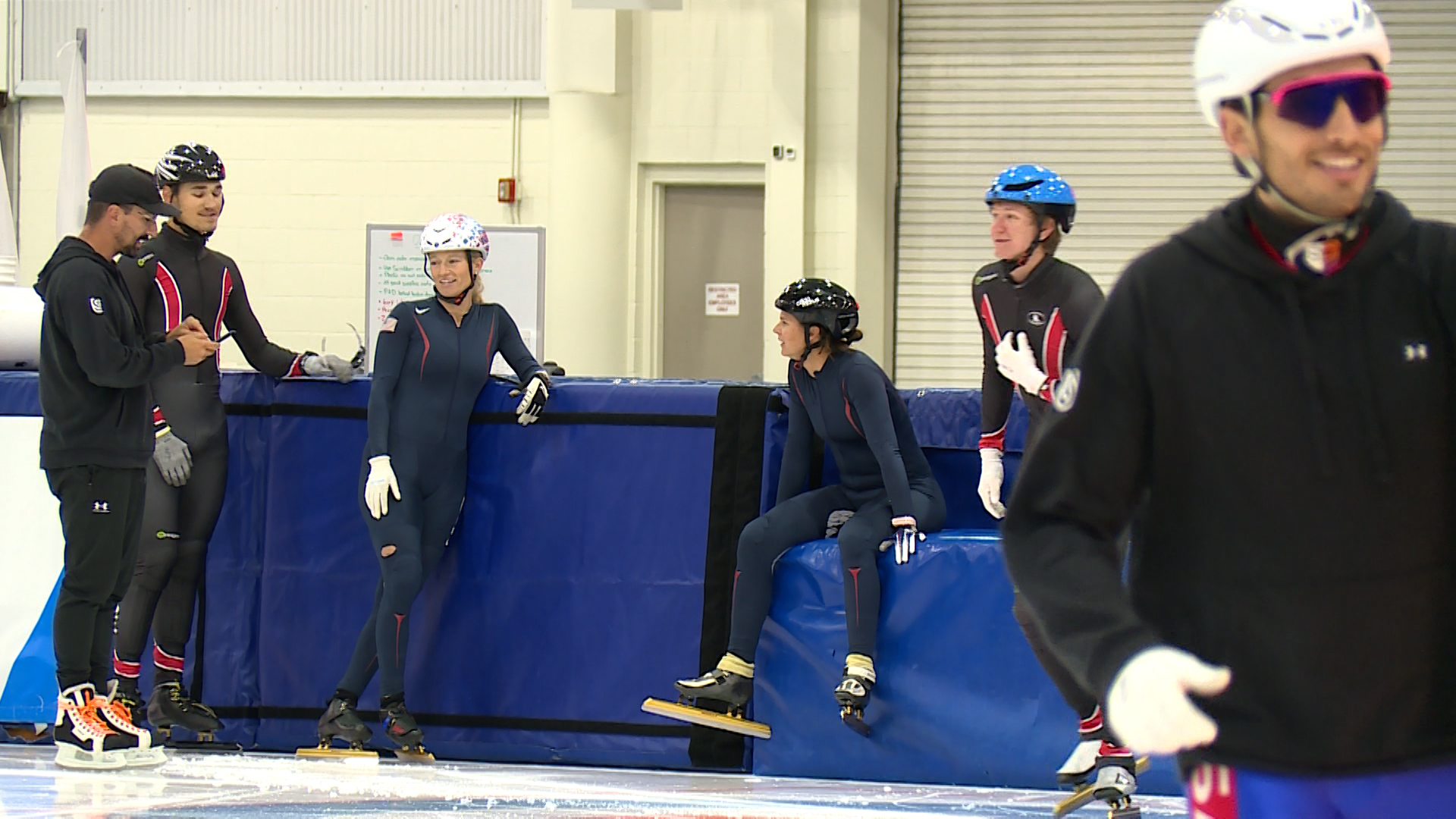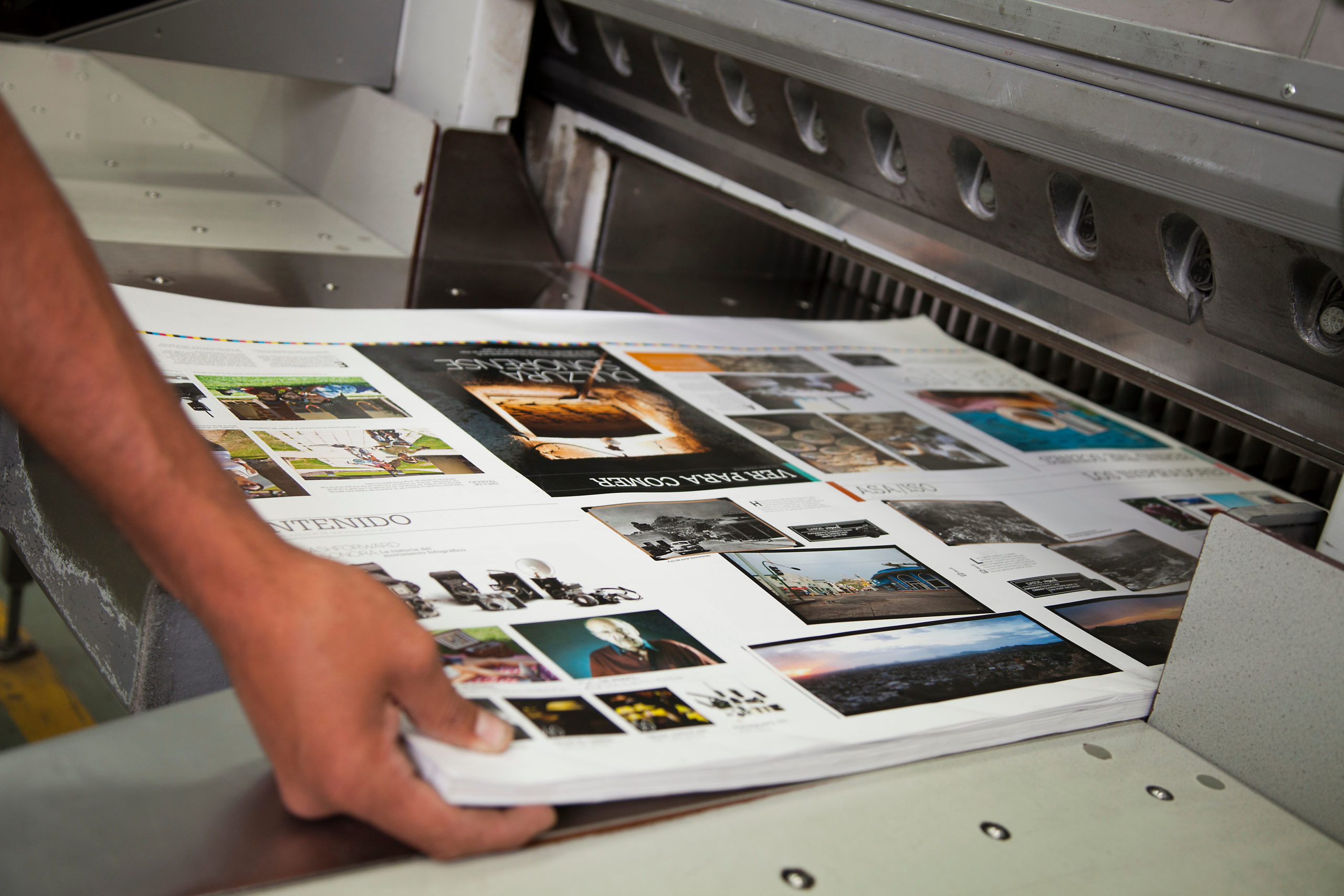WINTER GAMES
How to race Alpine skiing’s toughest event — the experts reveal all
Feb 9, 2018, 1:18 PM | Updated: Apr 17, 2023, 4:02 pm

PyeongChange 2018
(CNN) — Beware of the bumps. And the jumps. And dastardly gates. There is always trouble ahead on the steep, bullet-hard, icy slopes. But be fast. Be first. Don’t let fear slow you down.
Few events compare to skiing’s downhill, the Winter Olympics’ blue riband event. Formula One? It has the speed, but also brakes. Admittedly, there are extreme sports, but none require the skill and dexterity required of the downhill racer.
It takes a certain type of character to negotiate these torturous tracks at speeds in excess of 90mph. American Steve Nyman, a man who has competed in the downhill at three Olympics, admits racers have a “screw loose.”
READ: ‘Nobody to somebody’ — How Olympic downhill gold changes your life
How do they control the adrenaline, retain their poise when hurtling missile-like down the piste? Is there time to think, to see, to hear? What should we expect on the Gariwang mountain during the PyeongChang 2018 Games?
Nyman and Norway’s Kjetil Jansrud, Olympic bronze medalist in the downhill in 2014, tell CNN Sport what it is like to compete in an event which can scare its competitors.
Race morning – one final inspection
You’ve visualized yourself flying down the course one hundred times or more. There have been two official training runs from start to finish in the days leading up to the race. The track is so familiar, you could draw it blindfolded.
But before the gold-medal run, there’s an opportunity for a final inspection, a last chance to note the track’s every bump and icy groove.
Coaches will place themselves at specific points along the course. They will study the terrain, soak up information and pass it on. Teammates will also relay their findings. You are not alone. Yet.
“There’s a lot of trust with the coaches and your teammates,” says Nyman, who will not be competing in Pyeongchang after tearing his anterior cruciate ligament last month.
“It’s an individual sport, but I don’t think you can get as high as you possibly can unless you function as a group.”
Some competitors will make an appearance and quickly dash off. Others will inspect the course like an antiques dealer would a work of art. Former American Olympic great Bode Miller was quick, while two-time Olympic champion (though not in downhill) Hermann Maier would use the maximum time given.
“I need to recreate feeling,” explains Nyman. “The feeling is like a tempo, like a rhythm of how the skis are going to react, how I need to move through the turn, how I need to flow.
“When I’m inspecting the course I see the turn, see where I need to move. Once I have that feeling, that will create vision and when I have a vision, that creates belief and I have that confidence to go harder.”
Jansrud, fifth in the men’s downhill World Cup rankings and one of the favorites for gold in South Korea, also talks of evoking an image.
“You visualize the race a hundred times the whole week,” says the Norwegian. “You do the first training run, then you maybe do the second and you learn something new, hopefully experience will help too.”
READ: Why life is dangerous for Alpine skiers
READ: Vonn ready for “full charge” at Olympics
Nerves, carbohydrates, changing moods
The legs, strong through years of training, feel oddly week. It is around this time that you will start to behave differently. Nerves will take a stranglehold over the body and the mind.
You’ve hiked up and down the hill, energy has already been exerted, and the race is a few hours away yet. Glory can only be achieved with the right fuel.
“It depends on the length of the day, the time of the race,” says Nyman of his calorie intake on race day. The men’s and women’s downhill events in Pyeongchang start from 11am.
“In Wengen [a World Cup race in Switzerland which starts at around noon] I make extra sandwiches and I’ll have cheese, egg and meat sarnies after the inspection. You have to keep your [energy] stores high, refueling the carbs is key.”
Nyman worries little about how much he eats on any given day. The more the better, he says, because “mass is momentum.”
“I use a lactate buffer. Your lactic acid levels get high as you’re going down the hill, so I take a lot of sodium citrate to help not feel that burn. I always snack. I don’t eat too much, but I always have a little bit of fuel.”
It is around this time that Jansrud, usually quick to smile, becomes serious.
“I’m in a different mood,” says the 32-year-old. “That’s not something I do on purpose. That’s the result of all the races you’ve ever done and you develop this way of handling it.”
Warming up, getting into the zone
The stomach is tightening, but the body needs to loosen up. Out to the warm-up hill you go, gently gliding. It’s a simple course, but it gets the muscles firing.
For Nyman, there is a routine. With every practice run and inspection, he removes a layer of clothing, like a snake shedding its skin, until by race time he looks as sleek as a superhero.
“I’ll wear a baggy T-shirt, thick underwear, then I get tighter and tighter clothes, and more serious attire on,” the Utah native says.
“For race day I have a tight undersuit underneath my suit so there are no wrinkles. Everything is smooth. It helps heighten my ability to focus. It helps bring me into the zone. It just puts me in that mental state, knowing I can be faster come race day.”
Thirty minutes before he’ll launch downhill, Nyman sips a can of coke for a much-needed caffeine hit. “The intensity of this endeavor requires high intensity,” he says. “You need that spike, but you need to time that spike.”
Mind games, focusing on the course
This, after all, is a competition and there is no greater contest than a race for Olympic gold. “Peacocking” is not the reserve of 100m sprinters. Up in the hut where athletes will wait to be called to the start gate and cameras rarely peer, racers will attempt to gain a competitive advantage by planting seeds of doubt in a rival’s mind.
“Some guys definitely play mind games,” says Nyman. “I know who those guys are, so I take their questions with a pinch of salt.
“I do some physical exercises on the top; prime the core, prime the legs. I get things going so when you kick out of the gate you’re ready.”
Jansrud admits he can sometimes be the one playing the fool, but he also knows when to stop. Energy must be preserved for the monster in front of you. Everyone knows that their greatest competitor is the mountain itself.
“In downhill there’s this respect for letting people focus the way they want to focus because the consequences of making mistakes or crashing can be potentially fatal,” says Jansrud.
“I’ll throw in jokes about bindings being loose, but that’s much earlier on. You just don’t do that the minute before you go. People crash when they’re not focused, and you don’t want to live with that.
“Outside the start house it’s fun and games, but inside you give them the space they need.”
Finding your Zen — it’s a balance
The heart is beating faster. Now it’s serious. Different courses evoke different emotions. The legendary Streif in Kitzbuehel, where jumps can be up to 80m and slopes have a gradient of 85%, is a frightening prospect for even the greats.
The Gariwang mountain in Pyeongchang will not stir up such fear, though this is the Olympics — the knees will be knocking.
“It’s not a course where you’re standing on the top thinking, ‘oh crap’ like in Kitzbhuel,” says Nyman.
In a few seconds, the clock will start beeping down from five. It’s time to find your Zen. Nyman will chant a few key words to himself, Jansrud will practice breathing techniques.
“It’s not nothingness, because it’s everything but nothingness. But if I have to focus on something in particular then I’m not focused,” says the Norwegian of his emotions seconds before he goes.
“Five to 10 minutes before the race, it’s a process, coming to the spot where you want to be, which is aggressive but not stupid; you want to be calm but not nonchalant, you want to be focused. It’s a balance. Skiing is about balance.”
‘An habitual motion of moving down the hill’
You’re on the course, a blur of speed whizzing down the hill. The turns are coming at you fast. You’re carving, accelerating. There are big jumps on the Gariwang. You will have to turn according to the terrain, not the gates. But, so far, so good. You’re in, what Nyman calls, the “flow zone.”
“It’s that place where I can see the snow crystals,” the 35-year-old explains.
“I can see where I need to place my edge, I can see how I need to move, where I’m projecting myself into blind areas.
“Those are some of the coolest moments I’ve had on skis because it’s slow motion, you can zoom in and see this, and zoom out, and everything is almost effortless, an habitual motion of moving down the hill. It’s amazing how much you see.”
Visit CNN.com/Sport for more news and features
Missing a gate, botching a jump
But not every run can be blemish free. A gate can be missed, a jump misjudged. Do you panic and step on the accelerator? Or should you keep calm and continue with the original plan?
You need to pull a big squat out of the bag to avoid crashing out. You’ve been squatting a minimum of twice your body weight (one and a half for a woman) to build up those muscles, but you’ve now used up a lot of your energy. No matter. You’re still standing. Just.
“I usually curse and yell something,” admits Nyman. “Some of the coaches ask: ‘why do you talk when you ski?’ and I just say I’m just letting it out.
“When the skis are taking you for a ride, that’s when you’re tense.”
“There are a lot of guys who I know who were incredible ski racers and would make a mistake and panic and push harder and try to make up time, but you can’t do that,” explains Nyman.
“You’re given what you’re given. If you try to make up time you make more mistakes. You have to just limit the mistakes, do what you’re capable of doing.
“If you make a mistake, you step back and have to generate speed from there. Every change in the hill gives you an opportunity to go faster. You have to constantly work every section and bring that speed to a maximum level.
“It’s one solid movement from top to bottom, one consistent desire to continually build instead of totally nailing one section and messing up another section.”
Glory or disappointment?
The crowd’s roars have been silent to your ears so far but with the finishing line in sight you can detect their flag-waving cheers.
“Twenty meters before the finishing line, on some courses you get this little moment of clarity, but in some races you don’t because it’s busy, busy,” says Jansrud.
Congratulations! You’ve successfully negotiated a vertical drop of 825m (748m for the women). But will you be celebrated or become an also-ran? Green light or red light? Faster or slower than the rest?
“Sometimes you get a gut feeling, but it’s not until you see the board, you know, which makes it an amazing experience,” adds the Norwegian.
You lift your skis in the air. Soak up the adulation. Olympic gold is yours. It wasn’t that hard, was it? Unless you crashed and burned and are still untangling yourself from the orange netting.
The-CNN-Wire
™ & © 2018 Cable News Network, Inc., a Time Warner Company. All rights reserved.
Related:
How to race Alpine skiing’s toughest event — the experts reveal all
Tour of town hosting 2018 Winter Olympic Games
Abby Ringquist capping off ski jumping career with Olympics
Summer Olympians cheer on winter athletes from Park City
Julia Mancuso, from Olympian to Spectator
Team USA skier compares Pyeongchang snow to Utah’s ‘Greatest Snow on Earth’
Winter Olympics will be chock-full of firsts
10 places where you can live your Winter Olympics dreams
4-time Olympic gold medalist Simone Biles shares advice for PyeongChang athletes
Grassroots social media effort boosts Salt Lake bid for future Olympics











